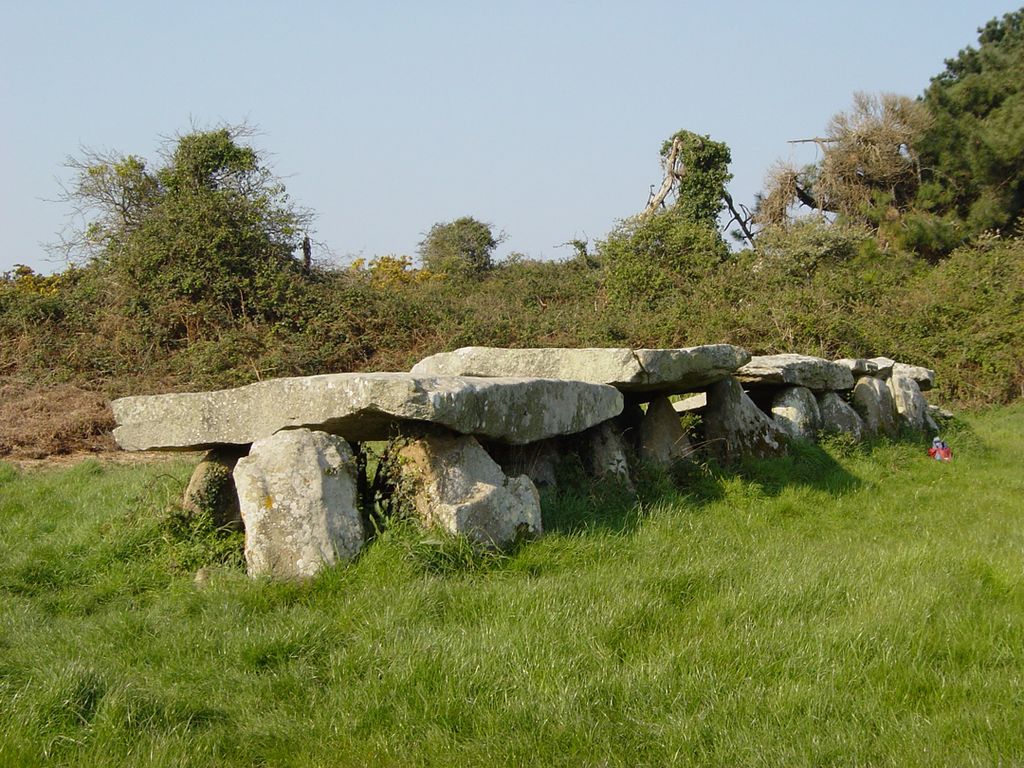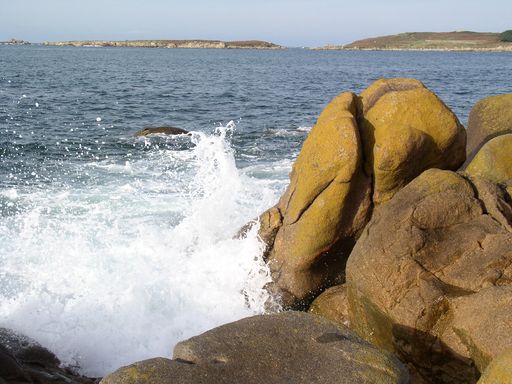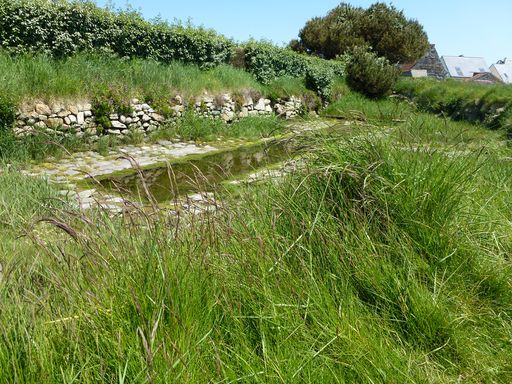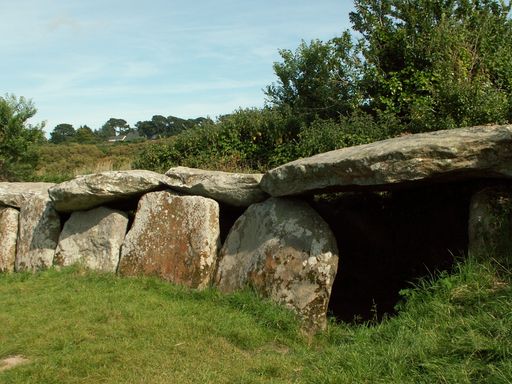
Prajou Menhir
Trébeurden

About
Probably dating from the third millennium B.C., Prajou-Menhir is the largest of the gallery graves in Trébeurden. It measures 14.5 metres in length and is made up of seven stone slabs. Did you know that its name means "Meadonws of the long stones" in Breton? Erected during the Neolithic period, gallery graves are megalithic monuments which would have served as collective graves. Over the centuries, they have seen other uses by successive generations of local inhabitants, who transformed them into shelters or storage for tools, for example. These carvings, on the upright stones of the gallery grave’s most difficult to access area symbolise breasts and the great Mother Goddess of Neolithic times.


Bringwiller
Pleumeur-Bodou
Covering 30 hectares, the coastline is of great botanical, scenic and cultural value. The department of the Conseil Général (local authorities) responsible for natural sites has introduced Camargue...  See
See


Lavoir at Run Losquet (Île Grande)
Pleumeur-Bodou
This large, traditional "lavoir" – an open-air pool or basin set aside for clothes to be washed – is located on Île Grande and dates from the nineteenth century. Two sources supply it and can be...  See
See


Kerguntuil
Trégastel
Dating from before 2,000 B.C., the megaliths of Kerguntuil are the impressive remnants of the structures built by Neolithic man. These immense monuments of assembled stones (the gallery grave is 9...  See
See


Mill Tourony
Trégastel
From the beach at Tourony, you can admire a beautiful view of the Château de Costaérès. This imposing neo-medieval style villa dates from the end of the nineteenth century. It was built by a rich...  See
See



